Nissan May Be Ending Rogue Select Sales in U.S.

Nissan announced yesterday that the current-generation Rogue would be concurrently produced for U.S. sales in Japan, Korea and the automaker’s Smyrna, Tennessee plant, which had us wondering: What about the Rogue Select?
According to a Nissan spokesman, the Rogue Select (which is essentially the last-generation Rogue) won’t be built alongside the current-generation Rogue in Japan, which may spell the end of the Select model in the states.
It’s unclear how many Rogue Selects Nissan sells in the U.S. Nissan doesn’t differentiate in its sales data between the two Rogue models. Last year, Cars.com reported that as much as 43 percent of new Rogues on dealer lots were Rogue Selects.
Nissan sells the 2015 Rogue Select for $2,990 less than 2015 Rogue.
A Nissan spokesman didn’t specify how many Rogues on sale in the U.S. would be built in Japan, Korea or the U.S.

More by Aaron Cole
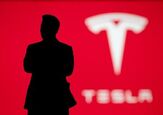
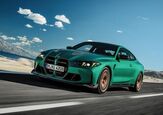














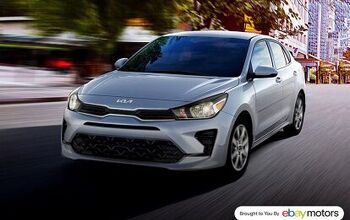
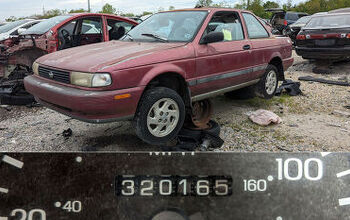
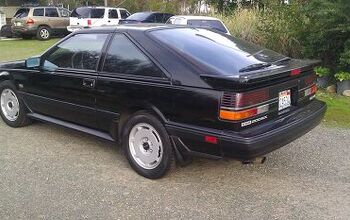

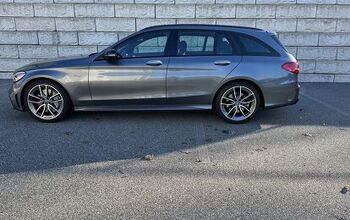
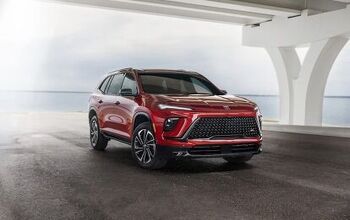
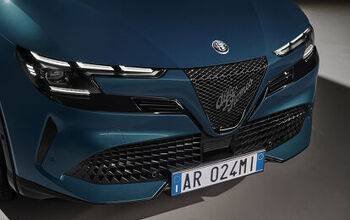

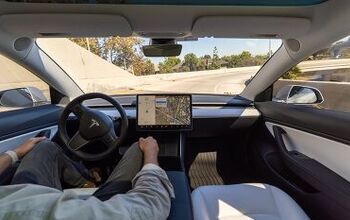
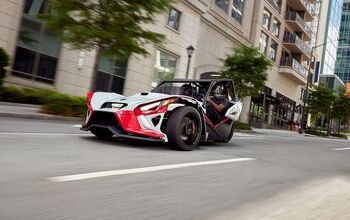
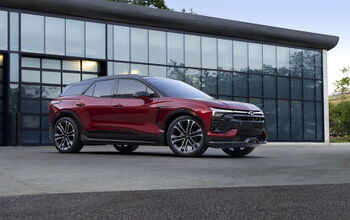
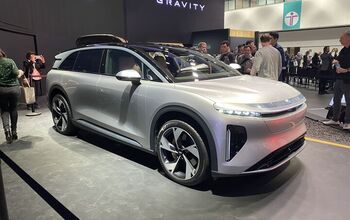

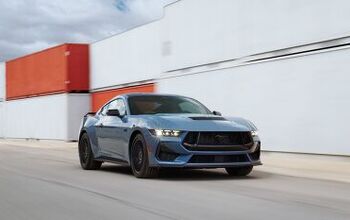

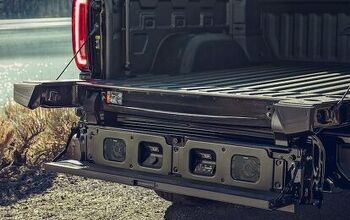
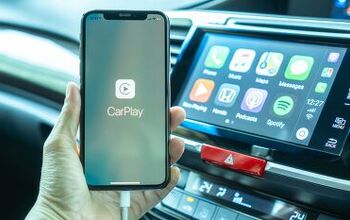
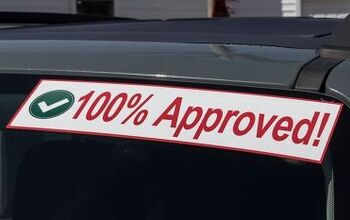
Comments
Join the conversation
Why would a manufacturer volunteer info as to where their production will occur? The topic can be so emotionally loaded and the US, unlike in the '80s, will now usually be the loser in relocations. Nice that the long established Japanese plants on US soil can still temporarily feed us some jobs, but why mention it at all?
Every time I see one I think "broke trend follower." They're usually driven with the requisite frustration. Not sad to see it go.
The outgoing/Select model was not particularly competitive when new. The new one is a real contender. Good looking, smooth, pleasant interior. Not sure they really need the Select version if the price difference is so small. Anyone know if Toyota or Nissan are conidering HRV beaters?
We don't get the deep discounts here in Canada. There are huge differences in real world transaction prices versus MSRP here. The Japanese companies don't give the big discounts. You can do well on GM, Chrysler and H/K but Honda and Toyota forget it. Nissan is doing well here as they are more realistically priced. The old Rogue sold OK here but the new one is doing really well. Canadians tend to buy smaller more fuel efficient vehicles.